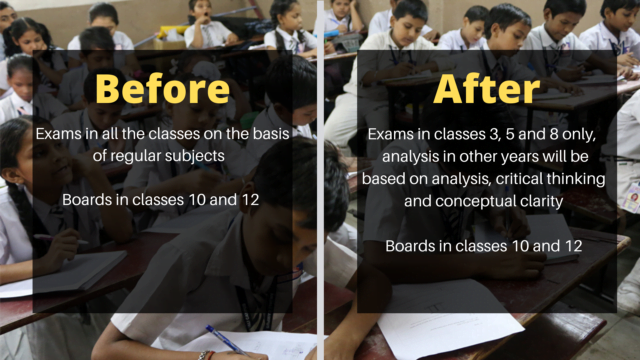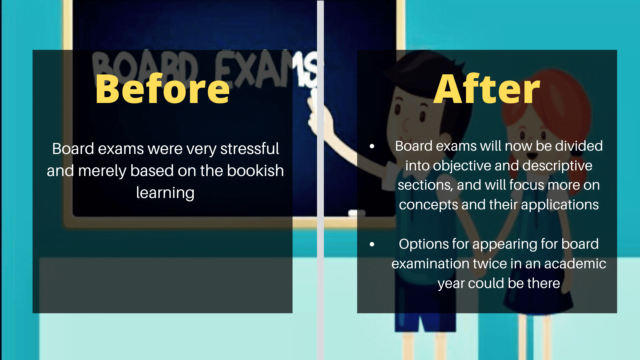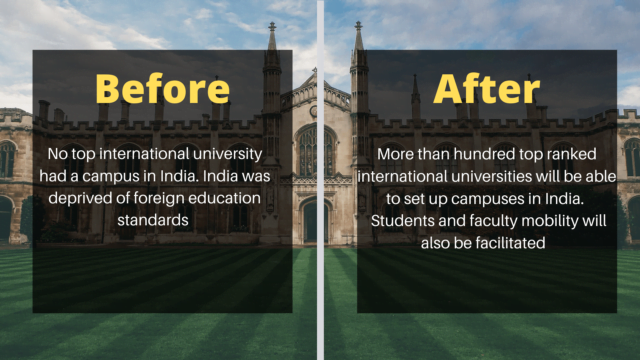The Indian education system has finally gone through long due procedural as well as systemic changes, after a whole 34 years. The New Educational Policy (NEP) was introduced on 29th July 2020, which brought with itself a host of much-awaited reforms.
For instance, the 10+2 structure of schooling has now been transformed into a 5+3+3+4 structure with each stage planned to be playing a crucial role in a child’s overall development.
The NEP 2020 has something for everyone. Beginning from kindergarten, the reforms have covered colleges and universities also.
Here, we have brought you a clear explanation of the policy, by contrasting the two scenarios- before and after the revolutionary reforms in the education system.




Also Read: How Reliable Is This Russian & American COVID-19 Vaccine Race Aimed At August Release?






There are several other reforms on the administrative levels such as states getting Gender Inclusion Fund (GIF) for assisting female and transgender children in gaining access to education and setting up of Special Education Zones (SEZs) in some backward areas of the country.
The New Education Policy is definitely a breath of fresh air for India’s educational framework and gives high hopes for the policy’s aim of 100% youth literacy.
Image Credits: Google Images
Sources: Outlook, Scroll.in, Zee News
Find The Blogger: @ELadki
This post is tagged under: NEP 2020, new education policy, reforms, indian education system, exams, boards, school, colleges, degrees, IIT, IIMs, universities, analysis, grading, ranking, international universities, campuses in India, global universities, Indian campuses, changes, before after, prakash javadekar, minister, ministry of education




























